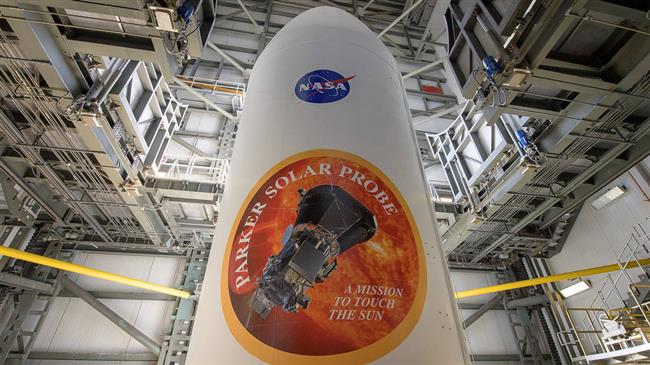New telescope reveals sun's surface in closest detail yet
Images from a powerful new telescope installed on top of a volcano in Hawaii show the surface of the sun in the closest detail yet, revealing features as small as 30 kilometers (18 miles) across.
They were captured by the National Science Foundation’s (NSF) Daniel K. Inouye Solar Telescope, which sits at around 10,000 feet (3,000 meters) above sea level near the summit of Haleakala volcano in Maui, Hawaii.
The telescope, which features the world’s largest solar 4-meter (13 feet) mirror, could enable a greater understanding of the sun and its impact on our planet, according to the National Solar Observatory, a public research institute headquartered in Boulder, Colorado.
A pattern of turbulent, “boiling” gas is shown covering the sun, which is some 93 million miles from Earth.
Inside visible cell-like structures, each around the size of the US state of Texas, hot plasma can be seen rising before cooling off and sinking below the surface in dark lanes, as part of a process called convection.
Markers of magnetic fields are also visible with new clarity, the NSO said.

Studying the sun’s activity, or “space weather”, can help scientists predict problems on Earth. Magnetic eruptions on the sun can disrupt satellites, disable GPS, impact air travel, bring down power grids and cause blackouts.
“This telescope will improve our understanding of what drives space weather and ultimately help forecasters better predict solar storms,” said France Córdova, NSF director.
(Source: Reuters)
Iran plans launch of its heaviest ever satellite on Dec 28
Epstein abuse survivors slam US Justice Department over redacted files
VIDEO | Unintended consequences of a meaningless war
Iran’s IRGC says it has pulled out of Venezuela subway project
Ben-Gvir proposes 'crocodile prison,' mandatory death penalty for Palestinians
Iran set to simultaneously launch 3 satellites into space this week: Report
Israeli drone strike kills three in southern Lebanon amid truce violations
China slams US for ‘arbitrarily seizing’ ships, extends support to Venezuela













 This makes it easy to access the Press TV website
This makes it easy to access the Press TV website